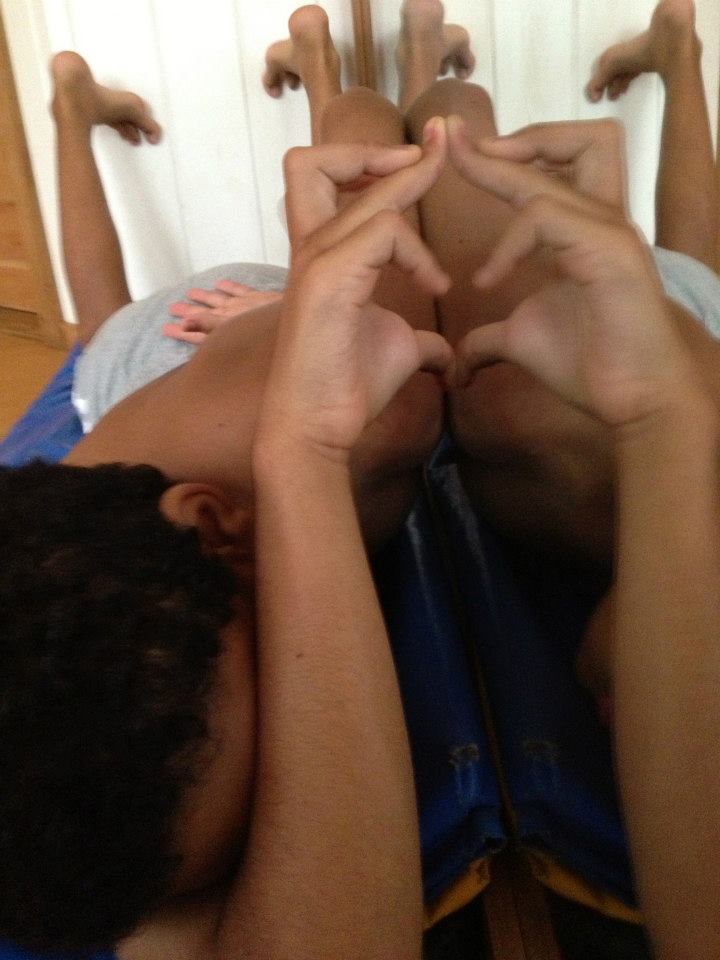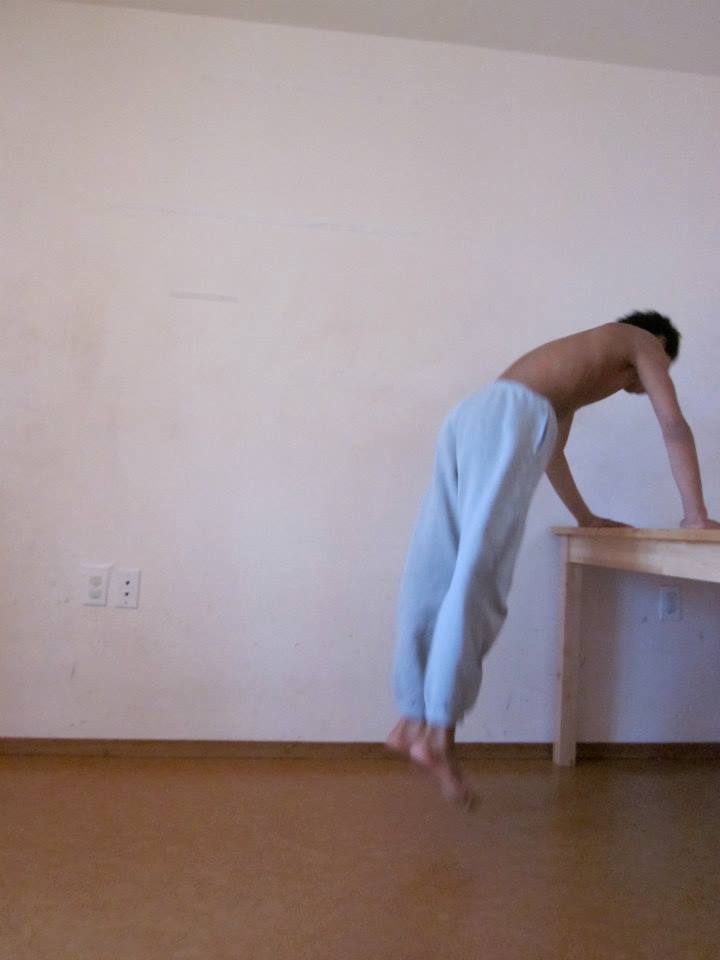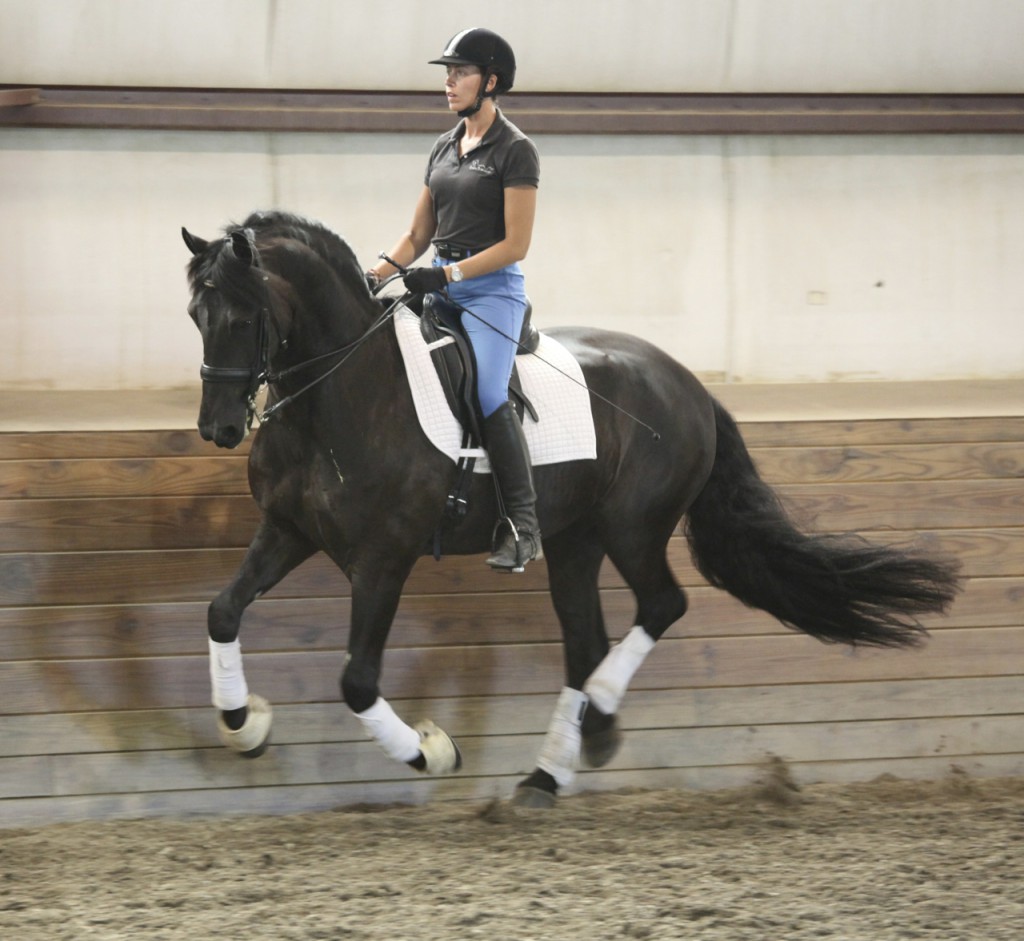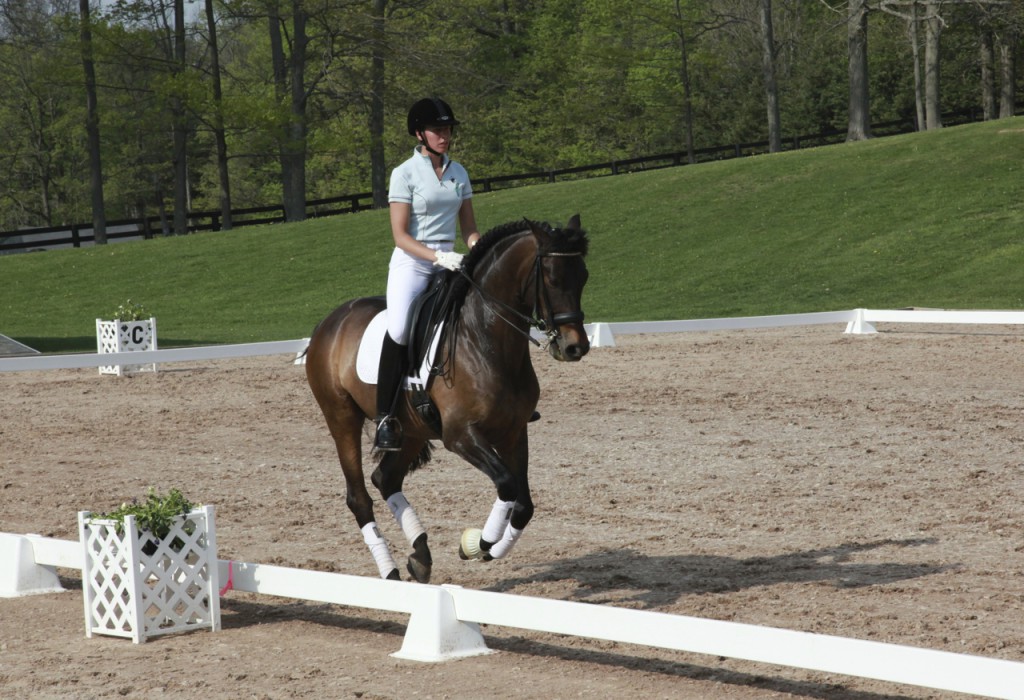Yesterday I had the privilege of visiting our friend Stanley who has advanced Alzheimer’s. He is at home, being cared for by his family and a full time caregiver. Stanley has no speech, nor can he organize his movement and is therefore confined to bed.
My mother died of Alzheimer’s six years ago. I know something about the arc of the disease, the inexorable progression. I also know about its gifts. I wrote this in a story about her called Mother Lode: “You never told me you were leaving. That leaving would happen with startling, irregular cadence, an evaporation of being from body, an unsnapping of essential self from the edges of a shrinking world. You never told me that you would leave and stay, all at once.”
At the end, when there were no words, no recognizable language of any kind, there was still her dazzling smile. It was as if she had been winnowed down to this one essential expression. In that smile was joy, appreciation, even peace. Grace and beauty where everything else had been taken. It took my breath away. She taught me about the mystery of presence and absence wound together like the Mobius of the heart.
Jacob, my autistic godson, has taught me many of the same lessons. We are going to see Jacob and his family next week. I am so looking forward to seeing hm, to what he will teach me and what I will discover in my time with him. Jacob teaches me about deep listening, stillness, and patience. He teaches me to look beyond the outer shape of movement and sound into the subtle layers and reverberations. He shows me what is important to him moment-by-moment, and how to engage where he is, rather than where I want him to be. Most importantly, how to stay in my own body, my own breathing, my own heart.
Back to Stanley. He was making a blowing sound with his lips. It is strong and clear and has force, focus and expression. I made the sound to him and that caught his attention. He made the sound back to me. We had a long, blowing conversation, with smiles and even a chuckle. I added a blowing sound like a horse makes and he found that funny. I added some touches on his hands and feet and legs, watching for his responses, his engagement and curiosity or discomfort.
What I felt with Stanley is what I so often feel with Jacob, what I felt with my mother – enormous blooms of love and gratitude. I have entered the room of their world. My “work” is not to redecorate or improve upon what is there, but simply to be present with curiosity and willingness, to follow them with my heart and offer connection. That is the whole dance.




